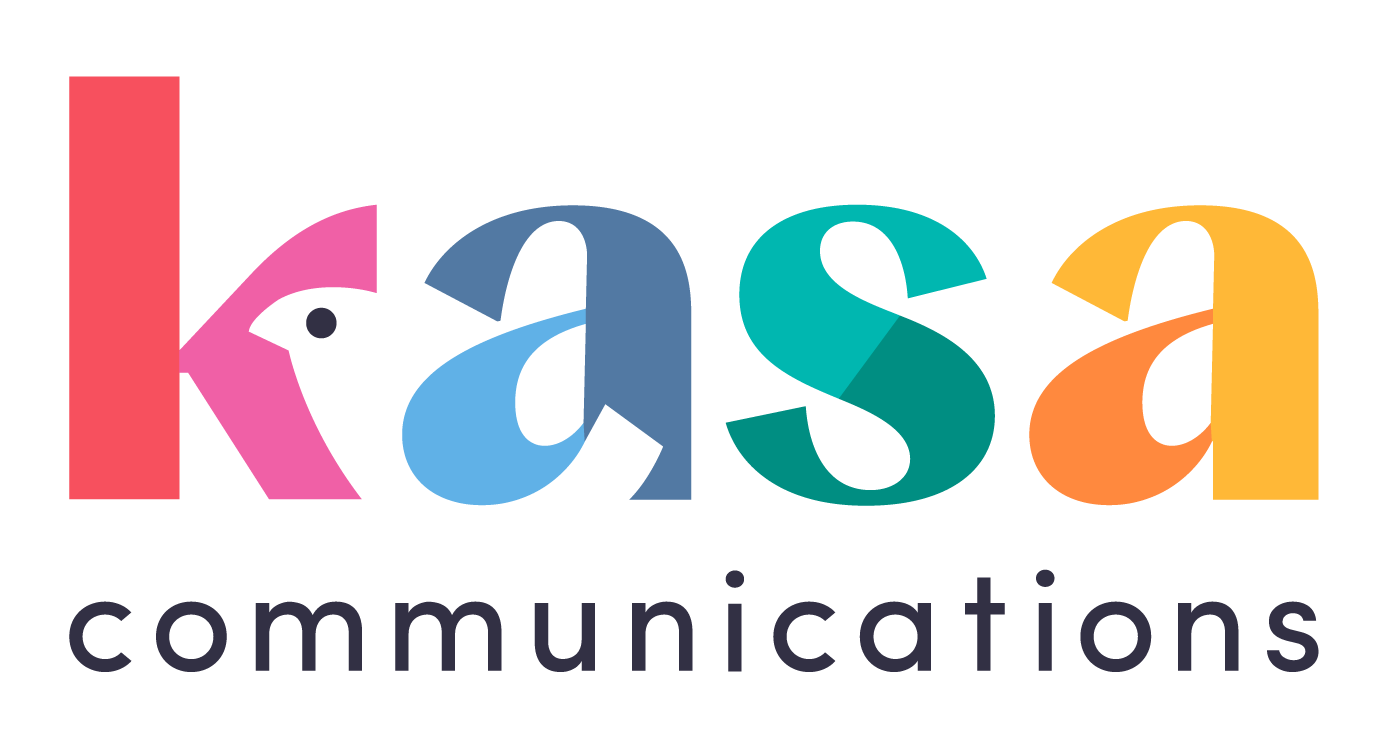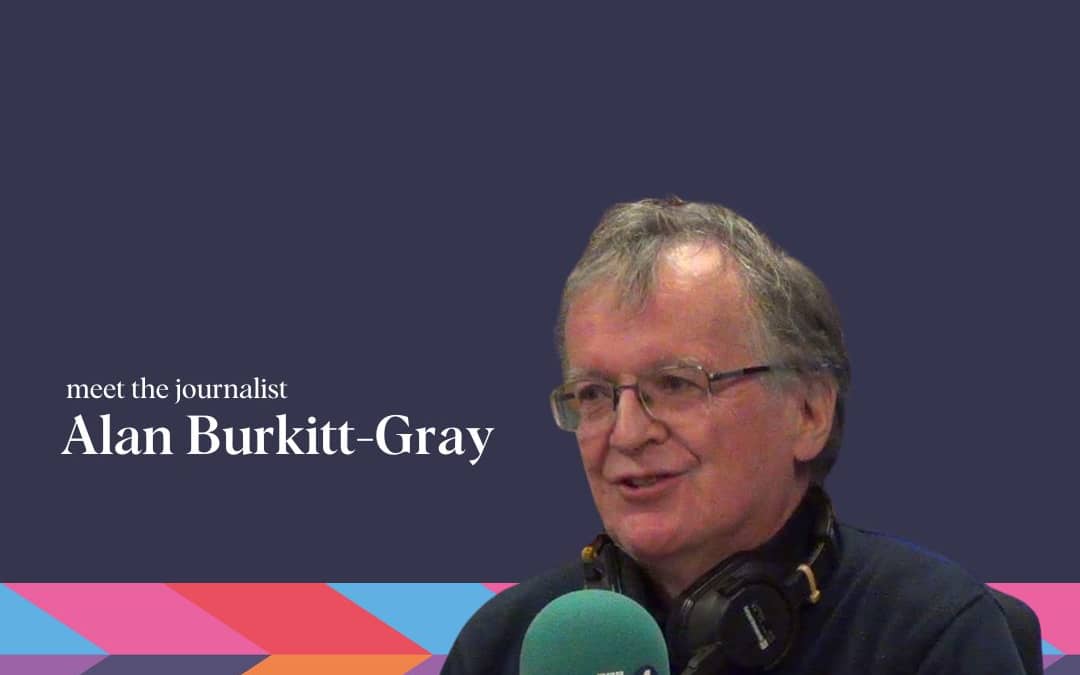Alan Burkitt-Gray started his unofficial career in journalism writing for an environmental group in South Yorkshire. We caught up with him 50 years on, as he prepares to step down as editor-at-large of Capacity Magazine – a leading global publication for the wholesale telecommunications carrier industry – and look at how the worlds of journalism and tech have changed in those intervening years.
When did you first realise you wanted to become a journalist and how did you get into it?
It was very odd because I did physics and electronics at Leeds University. In my last long summer holiday, the year before finals, I did a project with an environmental research group – entirely voluntary. It was looking at polluting factories and coal mines and things like that around South Yorkshire, which is where I lived and where I grew up.
At the end of it, I had bashed out something like 20,000 words. And I thought, I rather enjoyed this – not only writing it, but the process before. I had a clipboard and I went to all these mining villages in South Yorkshire and talked to people – just knock on people’s doors or go to people who were hanging washing out in the garden and start asking the questions. I also went to newspaper offices, and I talked to a couple of local councillors and local government officials. And I thought this was actually quite a cool and interesting way of spending time.
When I got back to university in September, I asked the careers advice people if there was anything I could do like this long term, like publishing. This was fifty years ago in 1973, and they said, “Nah, just stick to the electronics!”
My rescue came from spotting an ad at the back of New Scientist. A company was looking for people who had graduated in science and technology that summer, saying come and train to be a journalist. I hadn’t heard of them before, but they said they published a range of business magazines and were looking for new graduates. So I wrote off, then went to an interview in Woolwich, and got offered a job by Morgan-Grampian. This was back in September ’73 and I’ve been a journalist ever since.
What training did you receive?
Six or seven of us started on the same day and they sent us to the London College of Printing at the Elephant and Castle, which is now part of the University of the Arts London. We learned the basics of printing and the various other skills that we needed. Back then you had to know about letterpress printing. They also sent me off to a touch typing course in the first month which was really useful.

What was your first job in journalism?
That was as an editorial graduate trainee for Morgan-Grampian but they moved me around a bit. I worked on The Engineer, which was part of the portfolio and did some copy editing and some writing. I then moved to Electronic Engineering, which related to what I had done at university. it was quite technical and quite slow, as it was a monthly. You spent a whole month writing a feature, which no one would get away with now!
How did you get into tech journalism?
What I didn’t do at university was microprocessors and advanced silicon circuits. As soon as I got into the job, I realised there was this very exciting new world of microprocessors, with Intel and Fairchild, so my degree was already obsolete – only a few months after graduation.
After a few years I became The Engineer’s high tech correspondent – electronics and computers – but the editor didn’t recognise that electronics was an industry. He thought engineering was all about cars and the steel industry and things like that, and that electronics was there as a service to that rather than an industry in its own right. Then in 1978 Morgan-Grampian decided there was a good market for a weekly magazine for the electronics industry and started a thing called Electronics Times and I became the news editor which was great and good fun. We hired a bunch of reporters and got to be really quite busy for a few years.
In the early 80s I went to Computing, which was just being taken over by VNU and worked there for a few years. It’s online now, but at the time it was a weekly – printing 100,000 copies a week. It was just huge with 64-page issues. It was lots and lots of job ads, because the IT and data processing industry was booming. The editorial went up to page 28 and the rest was customised advertising and classified ads for the big IT companies. And we had a huge reach. At that time, Computing and Computer Weekly were the two biggest weekly publications in the country.
Are there any memorable stories that you’ve worked on?
Yes, there was a lot that was quite notable at that time, because the government was getting worried that we didn’t have the technological or electronic skills to compete in the modern world. They started coming up with schemes and pumping lots of money it. So that was the point at which I got to know people in the government, civil servants and decision-makers. It was quite an exciting time.
Around the May 1979 election they announced they were funding a company called Inmos, which was supposed to be world-beating. It was good. It was based in Bristol and they pumped a lot of money into that – I can’t remember how much but it was many, many millions. It was a really focused story at the centre of our industry and it was good to be on a breaking story, even as a news editor.

Have you interviewed any famous people? Anybody that stands out?
I interviewed Douglas Adams once in the Doctor Who studio at the BBC which won me the respect of my children and other family members as far away as Canada! Otherwise not people who would be called famous, but ministers and industry leaders – people who ran giant companies like Orange, Deutsche Telekom, Nokia, Ericsson, AT&T.
How would you say journalism has changed since you started?
The speed is important but also the technology. In those early days, for the monthlies I would spend three or four weeks writing one or maybe two features. When I worked for weeklies I’d do one or two a week. These days there’s a much bigger pace; we write news stories and they appear within an hour or two on the website and then get emailed around the world. We have a newsletter which goes out at lunchtime every day with that day’s stories and features and events. In the old days you’d write something on a Wednesday and it would appear on people’s desks the following Thursday – now the whole cycle is hours or minutes.

Can you describe your working day?
We have the target to get our newsletter out around lunchtime every day, so from about 9.30 to 12.30 there are three of us who work on around three stories each. So that’s about nine stories, and possibly a feature that has been already published that we add in. It’s a lot of work, and it’s intense. In the afternoon we work on features that will go in the next issue; I also have interviews booked in, and I spend time contacting people and staying in touch with the industry. Most of our contact is done by emails and of course Teams and Zoom, as our contacts around the world, Europe, the States, the Middle East and Asia, as well as the UK. I used to do interviews on the phone on bad telephone lines, holding onto an old, wired phone in the office and scribbling with the other hand.
If people want to send in articles that attract your attention, what advice would you give them?
News stories should be sent to Natalie Bannerman, the deputy editor – and acting editor from last July. Send them to her and then she will direct them. We have a very well organised system so that we put things on a Trello board, and we talk about what the stories are, we pick which ones we want to write.
natalie.bannerman@capacitymedia.com

